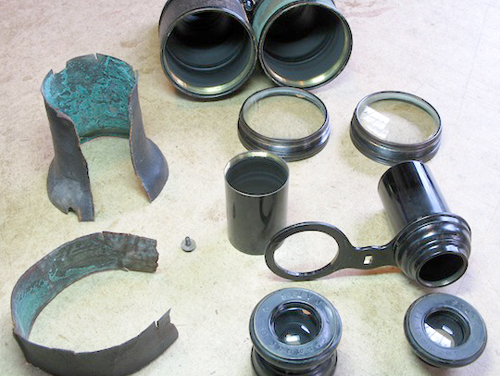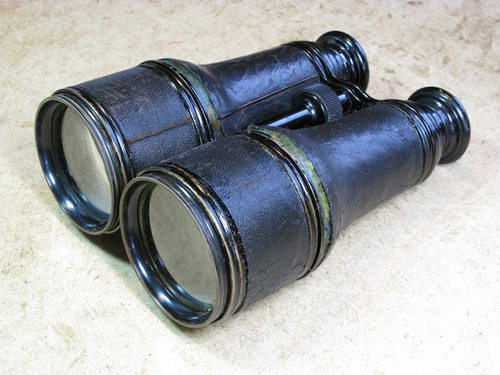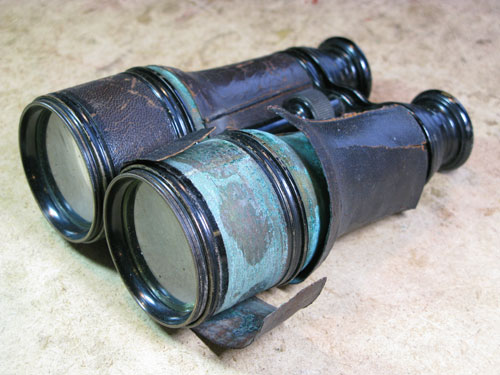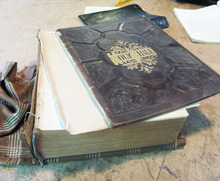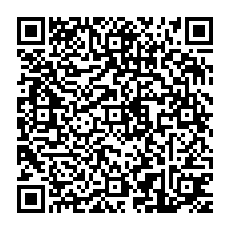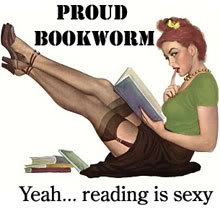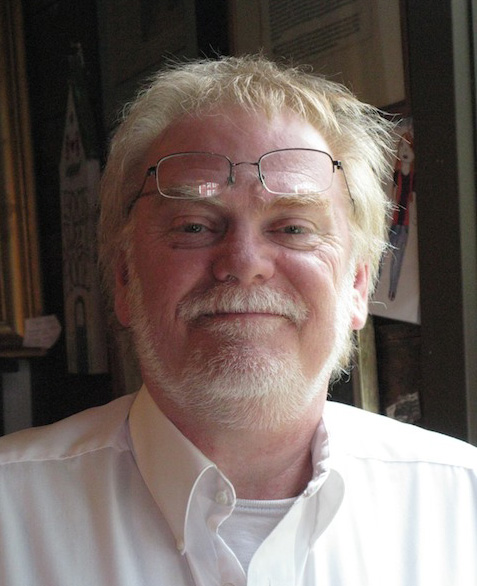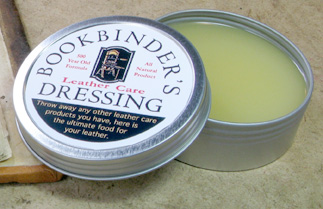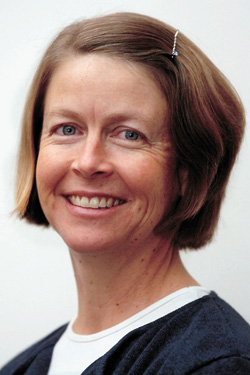 by Kathryn Brown of the East Oregonian
by Kathryn Brown of the East Oregonian
I’ve never been one to get obsessed with a video game or website, until now. It turns out that www.ancestry.com is seriously addictive. Yes, I mean the genealogy website. Family trees — I just can’t get enough.
Here’s my story: I was recently struck with some motherly guilt, when I came across my baby book. I had one of those mothers who documented the eruption of every tooth, the date of my first haircut (complete with a little envelope containing a wisp of that first-cut hair), my height and weight on every birthday, my first words (“good girl!”), my first successful tricycle ride and so on.
No, I am not one of those mothers — nor is my husband so inclined to document each detail of our children’s first years.
But, what we lack in details about the early years of our children’s lives, we make up in the sheer number of digital photographs taken of them. Barely a week goes by that they are not subjected to the camera.
So, when my kids ask me how old they were when they took their first steps, I’ll have to admit that I have no idea — but we can probably pin it down by looking through photos for the first time they appear to be moving on two legs.
The best thing about my baby book, though, is the family tree. Even when I was very young, it was fascinating to think about the fact that just four generations earlier, there were 16 people alive that I descended from in equal measure. Most of my great-great-grandparents were born almost exactly 100 years before I was.
I remember my great-grandmother, Elsie Aldrich, studying our family history. Back then, in the 1970s, that meant writing letters to ask for copies of birth, marriage and death certificates, and waiting months for a response. It meant traveling to the state or country your ancestors came from and pouring over old newspapers, hoping to find a tidbit of information.
Elsie lived to be 98 years old, but since she died in 1983, she never experienced the Internet. But I’m certain if she had been able to check out ancestry.com she would have been as fascinated by it as I am.
When I got to thinking about recreating my family tree for my kids, I went online. Within two hours, I had traced several branches of my family tree back to the 1700s. Three days later, I traced the Aldrich line back 13 generations to William Aldrich, who was born in England in 1574.
I was hooked. In the next 10 days, whenever I had a spare moment, I was on ancestry.com, checking census records and birth certificates, ship passenger lists and social security documents. I took peeks at other families’ trees to see if they linked up with my own.
I love the names I found: Missouri Ellen, Zelotta, Experience, Mercy, Amasa, Ebenezer, Viola and Lola. There’s even a Lady Katherine way back.
But, there are frustrations, too. I quickly ran into a dead end when I looked for my father’s father’s grandfather. I think his name was John Brown, and I think he was born somewhere in England in the 1850s. Turns out there were a lot of John Browns back in those days, as there are thousands of possible matches.
It’s interesting to see how many children some of my ancestors had. One had 14 children with three wives — the birthdates are such that I’m pretty sure he was twice a widower, rather than a polygamist. One of my great-great-great-great-great grandmothers had 12 children, all with the same husband. Two died in infancy, two were twins, and she lived to be 82 years old. I can only imagine how many grandchildren she had.
My daughter was amazed when I told her about the family with 12 children. Her reaction: “Wow, that’s so many! How did they all fit in the car?”
Kathryn B. Brown worked as a registered nurse and a family nurse practitioner before coming to work for the East Oregonian. She and her husband live in Pendleton with their two children. She can be reached at kbbrown@eastoregonian.com.
Clicking FaceBook, Twitter or other icons promotes the article and my work.

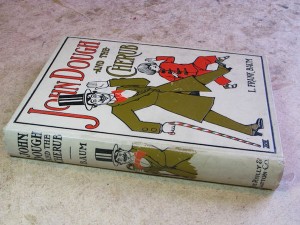
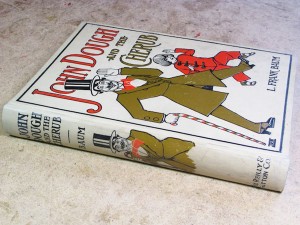
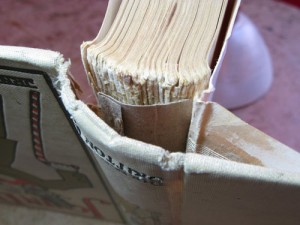
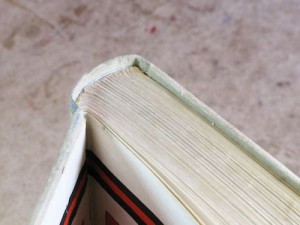
 Facebook
Facebook Twitter
Twitter Digg
Digg StumbleUpon
StumbleUpon del.icio.us
del.icio.us Add to favorites
Add to favorites